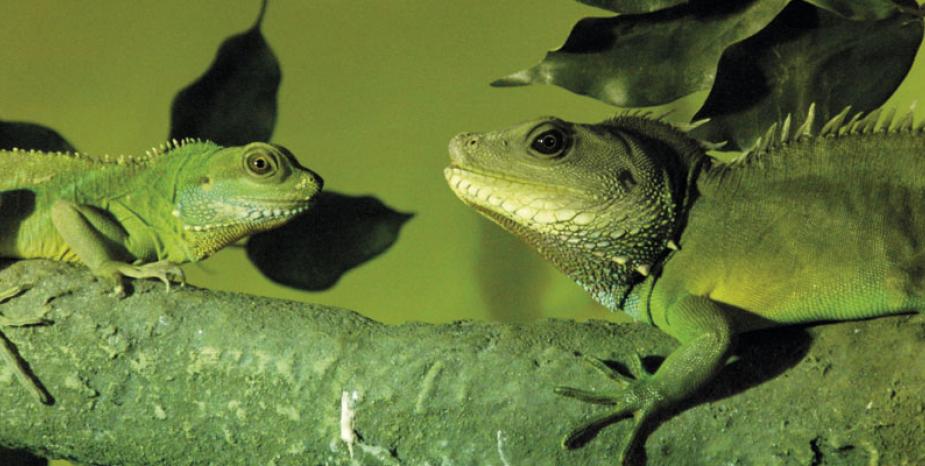Hurry! Offer ends soon!

Chinese Water Dragon





Chinese water dragons are sexually dimorphic, meaning females and males develop different characteristics. Males generally have more vibrant colouring than females, including a bright orange to yellow area under the throat with pink tones near the lower jaw. Males also exhibit bigger heads, jowls and crests on the back and neck, and their femoral pores are typically larger than a female.
Chinese water dragons do not have a throat pouch. They have well-developed legs, and their feet are five-toed with long, thick claws that end in sharp, needle-like points. Their limbs at the front are generally slenderer than the back and are used for grasping and climbing branches. The back legs are very muscular to aid in climbing, as well as swimming and leaping from object to object.
They are most commonly found in trees and vegetation along streams and lakes in Eastern Asia.
Get the best price!